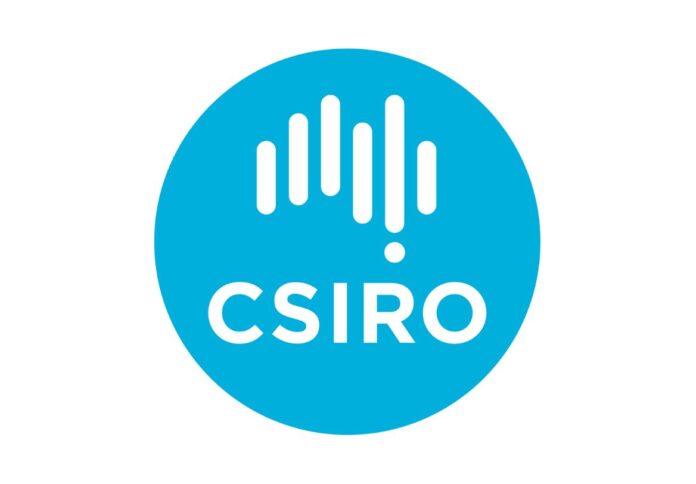
Australia’s national science agency CSIRO has rolled out a new report exploring how the Northern Territory (NT) could benefit from carbon capture and utilisation to foster decarbonisation and economic growth.
The report, titled, “Opportunities for CO2 Utilisation in the Northern Territory” has been received by the NT government and industry stakeholders to support the business case for a Northern Territory Low Emission Hub (NTLEH).
CSIRO scientist Dr Andrew Ross said carbon capture, utilisation and storage (CCUS) was one of a number of several important avenues for the NT to reach net zero emissions by 2050.
“The proposed NT Low Emissions Hub could reduce existing emissions significantly by supporting the creation of new net-zero industries to continue beyond the energy transition,” Dr Ross said.
He went on to say that CSIRO was able to identify five CO2 utilisation prospects, including methanol, jet fuel, urea, methane, and mineral carbonates, that might enable low-emission manufacturing and add value to the NT’s economy.
“The research examines the considerations and requirements of scaling up these opportunities over the short-to-long term to inform decision-making on the future hub,” he said.
Furthermore, the report’s techno-economic research revealed that CO2-derived items are currently more expensive than their equivalents made traditionally.
Due to technology advancements, feedstock affordability, and economies of scale, all products have significant cost-cutting potential.
“In tandem, we need to continue exploring other emissions reduction alternatives at pace and at large scale, including geosequestration, if we are to meet Australia’s net zero targets,” Dr Ross remarked.
According to the report, the NT’s existing liquefied natural gas industry, export links to the Asia-Pacific region, and high renewable electricity potential position it well to create valuable CO2-derived products that can support emissions abatement objectives, particularly for ‘hard-to-abate’ industries like aviation.
CSIRO stated that the recent report builds on CSIRO’s 2021 CO2 Utilisation Roadmap.
For more information about the report, visit this site.




















